The birth of Motor Sport
In 1924 the story of our magazine began. To mark the start of our centenary year Gordon Cruickshank, who has worked at Motor Sport for 40 of those 100 years, looks back at our earliest days
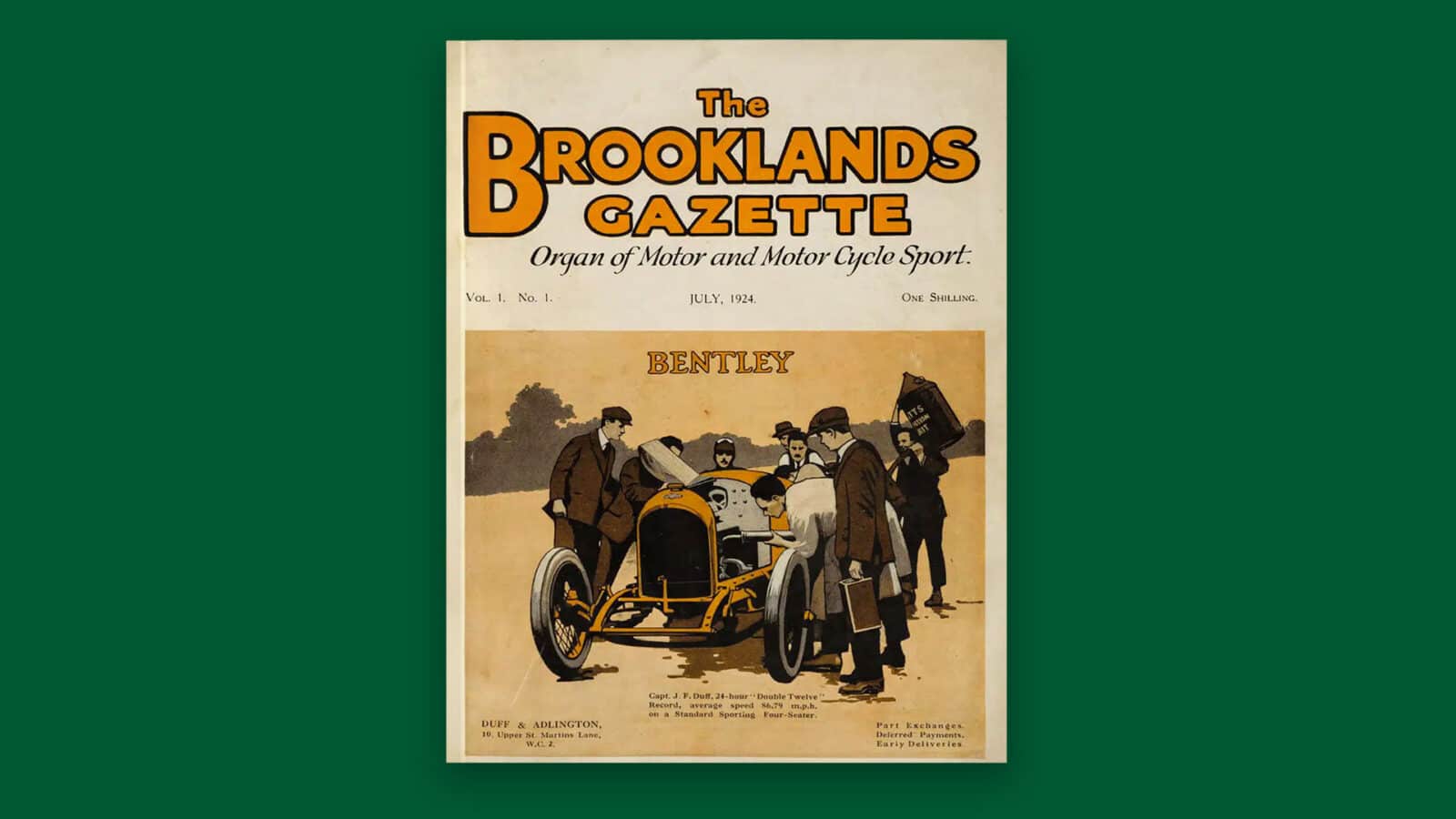
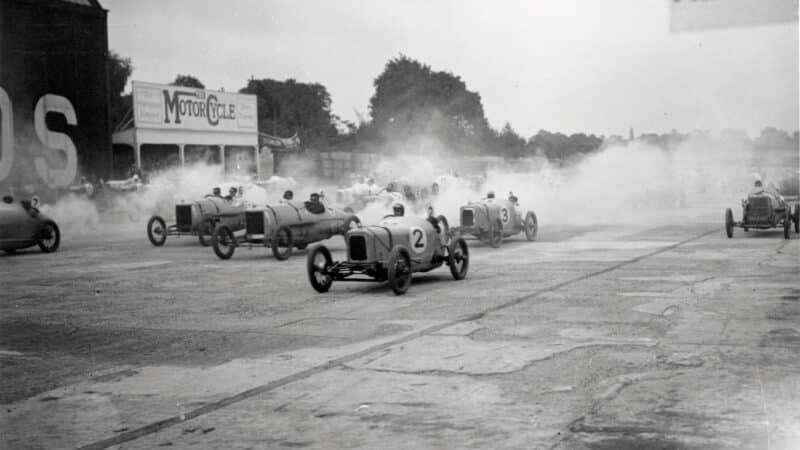
In our October 1924 issue we featured the Junior Car Club 200 Mile Race at Brooklands – and
it was “marvellous”
Getty Images
The Organ of Motor and Motor Cycle Sport. That was this magazine’s subtitle at its inception, when it began life a century ago in July 1924. Above that phrase the actual masthead said The Brooklands Gazette. At the time virtually all high-profile motor sport in Britain took place at the Surrey autodrome, that Colosseum of speed which had been so advanced in 1907 but which was gradually fossilising. The magazine, though, soon looked further afield.
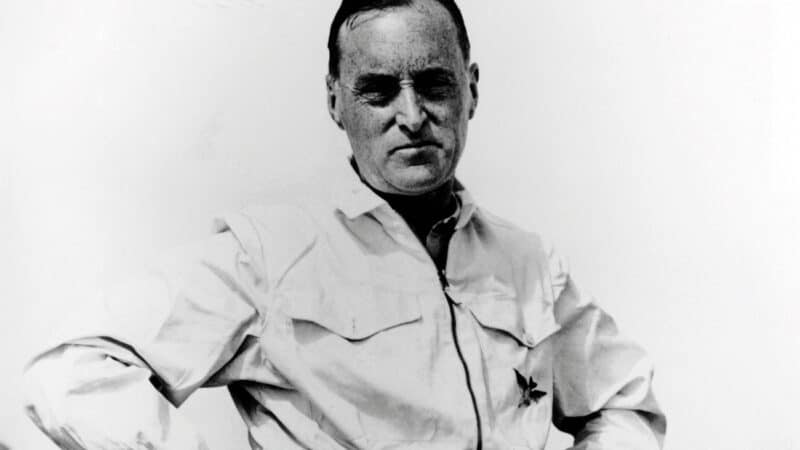
Malcolm Campbell wrote for this organisation in the ’20s
Getty Images
Who started it, and why? We don’t know. No record has survived of any backers, or what Oscar Seyd, the first editor, hoped to achieve. In any case he was soon replaced by Richard Twelvetrees, an enthusiast who both wrote and raced and had a broader outlook. As well as the trials, sprints and hillclimbs which took place around this country, he brought in reports of Land Speed Records abroad and of grands prix, already seen as the peak of motor racing but due to the ban on open-road competition in the UK, taking place only on the continent.

Antonio Ascari’s 1925 article; “top notch

Issue No1; JD Benjafield made his deadline for the August 1925 issue
We weren’t alone. The Autocar had always included racing news, and there was The Light Car & Cyclecar for those of an economical turn of mind, but by changing our title to Motor Sport in August 1925 Twelvetrees confirmed our focus. “Everyone realises that the original title did not adequately cover the field of our activities,” he wrote when announcing the new name. The same issue contained How I won the Grand Prix d’Europe by Antonio Ascari, and Dudley Benjafield’s own report on contesting the Le Mans 24 Hours in a works Bentley. Motor Sport’s policy of getting the inside story from the people who counted was already firmly established. Sadly, that issue also contained Antonio Ascari’s obituary. The ultimate price that must sometimes be paid within motor sport was always at hand.
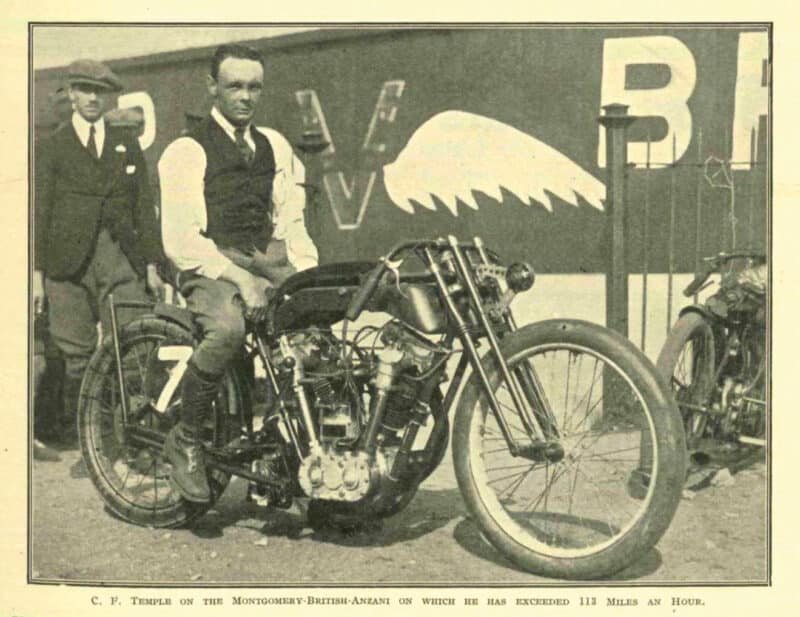
Two-wheeled riding with CF Temple
And we spoke to the nation. When 2LO, the fledgling BBC radio service, decided to broadcast on motoring it was to Motor Sport it turned, Richard Twelvetrees duly taking a seat in front of the huge and intimidating Alexandra Palace microphone.

Editor Richard Twelvetrees tested a new Salmson in 1926
In 1949, for our 25th anniversary issue, Twelvetrees wrote, “When one realises that Britain’s only periodical devoted entirely to the interests of the sporting motorist began as an unofficial record of racing at Brooklands, the achievement of its present status in motor journalism can only be described as phenomenal.”
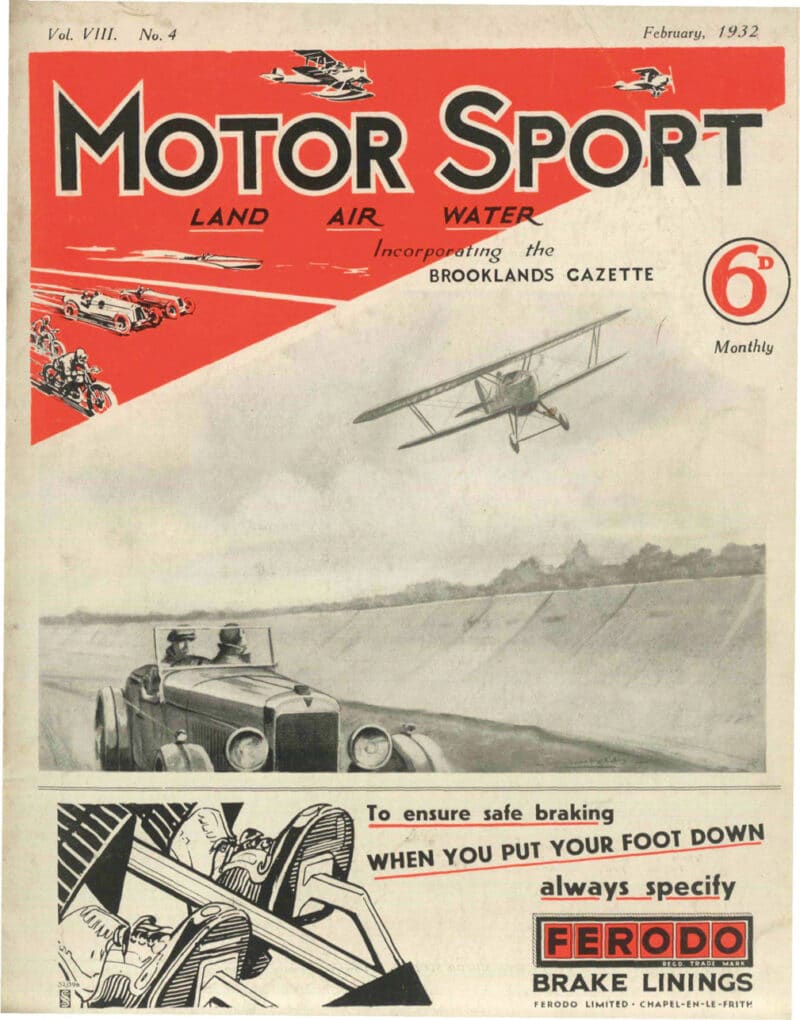
As this 1932 cover shows, Motor Sport covered cars, motorcycles, aircraft and boats
It wasn’t only racing. Our very first issue contained a road test (by ‘Open Throttle’ – pen names were the style of the time) of the new 3-litre Bentley, which just weeks before had scored the first of the marque’s victories at Le Mans. Many long-vanished names – Schneider, Sénéchal, Amilcar, Bean – were put to the test around the magazine’s informal road route, and sometimes on the track at Brooklands; some would have a more lasting story. In that earliest decade we tested Aston Martins, Alfa Romeos, Rolls-Royces, Fiats, Renaults and Morgans, all badges we see around us today. Among the office relics is an extremely battered record book dating from the 1930s, its handwritten, dog-eared pages listing the huge variety of tests we published. It was still being added to in the 1980s.
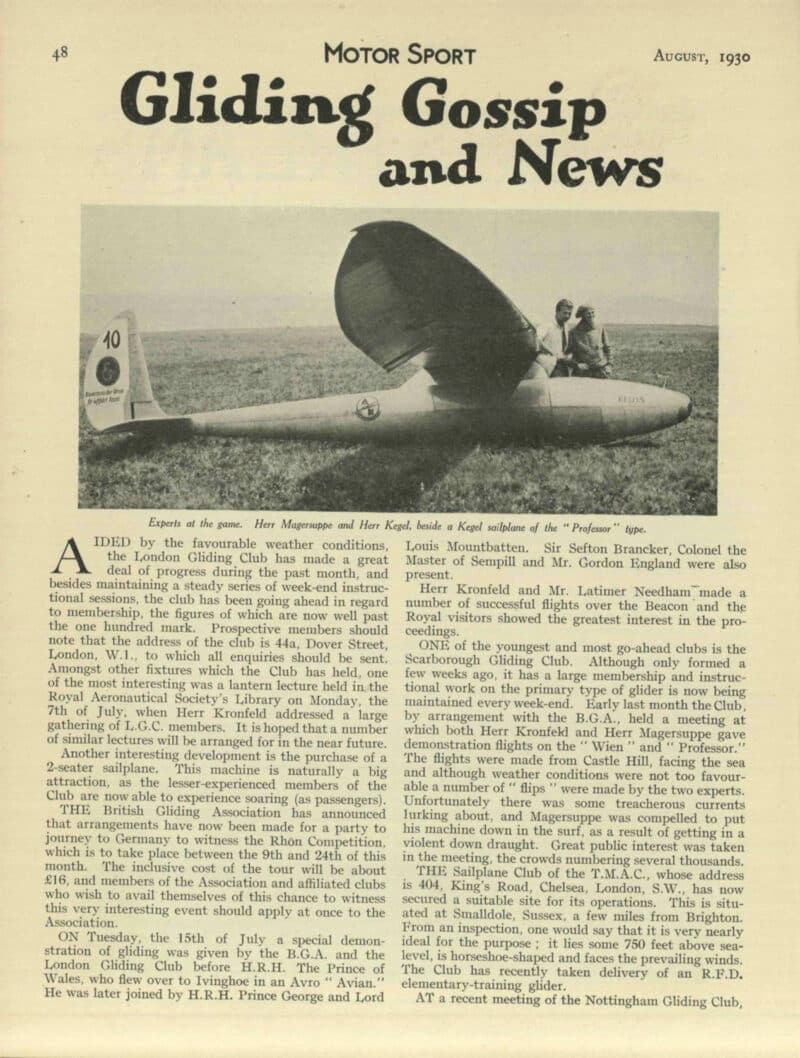
In August 1930 you could catch up with aerial tittle-tattle in our Gliding Gossip and News
Not that all readers approved. One early editor grumbled in his editorial that some readers were complaining about our inclusion of road tests, that these were “mere advertisements” but he firmly put these carpers right, pointing out that advertisers could say whatever they wanted in their advertisements (long before the days of the Trades Descriptions Act) and that we were going to exercise the same freedom, complimentary or critical. It confirmed the independent, free-speaking and sometimes opinionated attitude Motor Sport has maintained ever since.
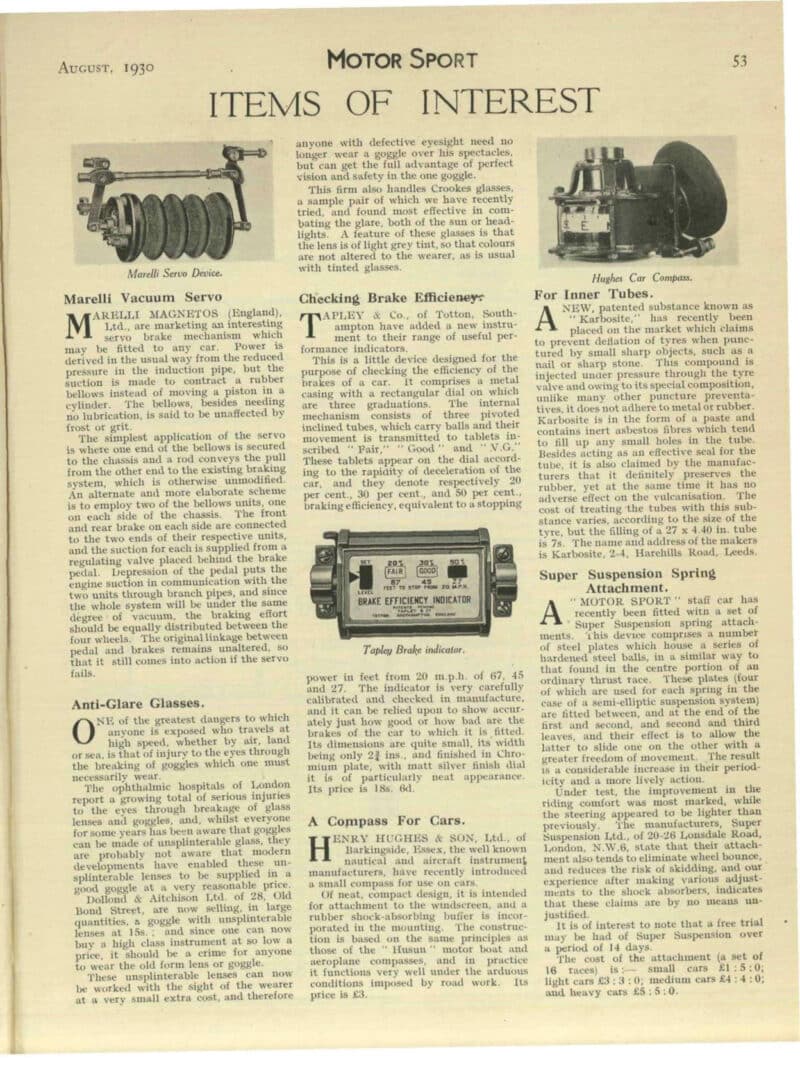
Items of Interest includes a car compass
Our scope was very wide in the early days, and not just ranging from those glamorous grands prix on exotic foreign shores to muddy trials, seafront sprints and stately endurance runs at home. Taking the phrase ‘motor sport’ to mean anything with an engine, we investigated the latest in motorbike design, reviewed the small aircraft that looked as if they might become popular personal transport, and took to the river in boats for a series of outboard motor tests. There was even a period when we ran with the subhead Land, Air, Water.
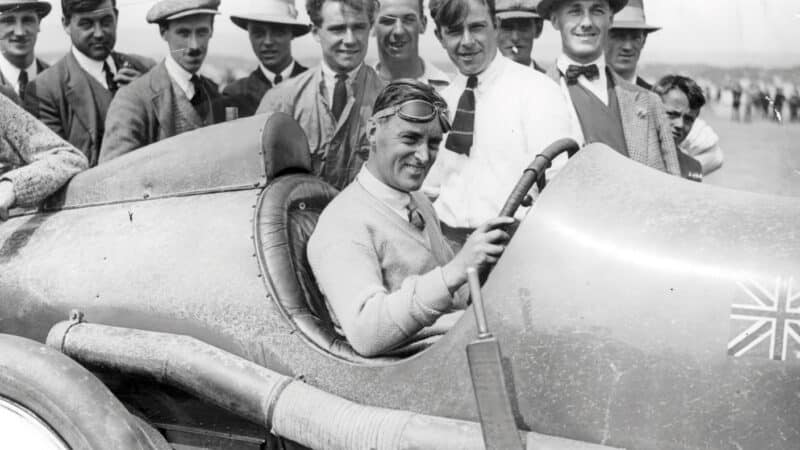
Campbell was big news in 1925
Getty Images
The enthusiasts putting the magazine together knew that whether you followed racing or enjoyed stretching your AC to its maximum on the open road you would also want to read about gadgets and accessories, car models and the latest in non-skid tyres. It all went into the mix.
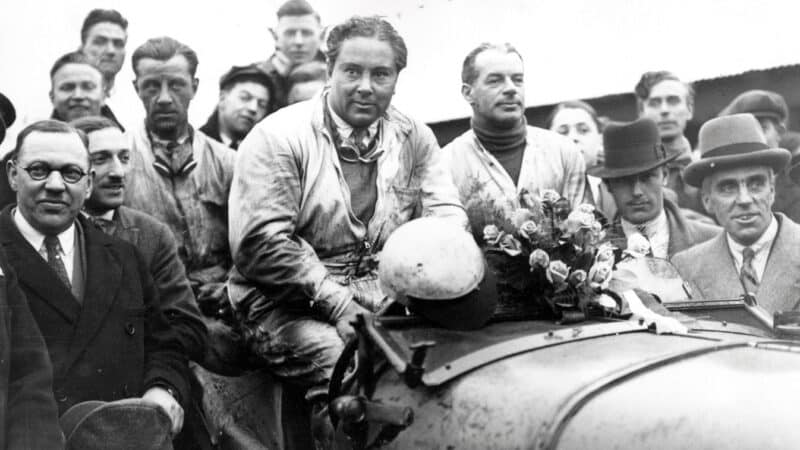
Bentley Boy’ Woolf Barnato, centre, was a reader favourite in the late ’20s
Getty Images
Very quickly the magazine began interviewing and profiling the major names in the sport such as Malcolm Campbell, Woolf Barnato, and Henry Segrave, while also describing technological innovations in engines and running gear, debating racing formula changes and visiting the major motor shows to discover the latest machinery on offer – and badger the firms’ managers for road-test opportunities.
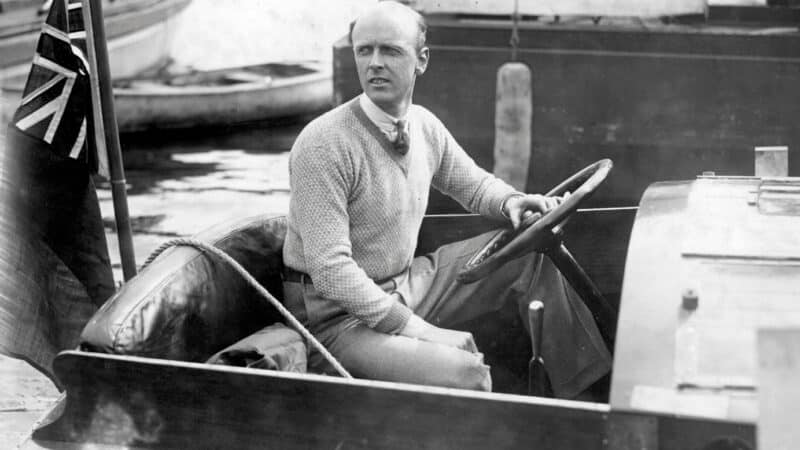
Another reader favourite was Sir Henry Segrave
Getty Images
“One man was prosecuted for competing on a Sunday, under a law dating back to Charles I”
From the beginning the magazine made its own voice known, with uncompromising editorials debating rules changes or fulminating about the way British racing progress was being outstripped by continental racing teams able to develop their technology on true road circuits. And there was that eternal bogey, The Law. Even in those distant 1920s successive editors complained about petty harassments and absurd restrictions, even though at the time there was no maximum speed limit on the open road. And sometimes they had a point – one poor man was prosecuted for competing on a Sunday, under a law dating back to Charles I… Outspoken opinion, too, is a tradition Motor Sport has firmly maintained ever since.
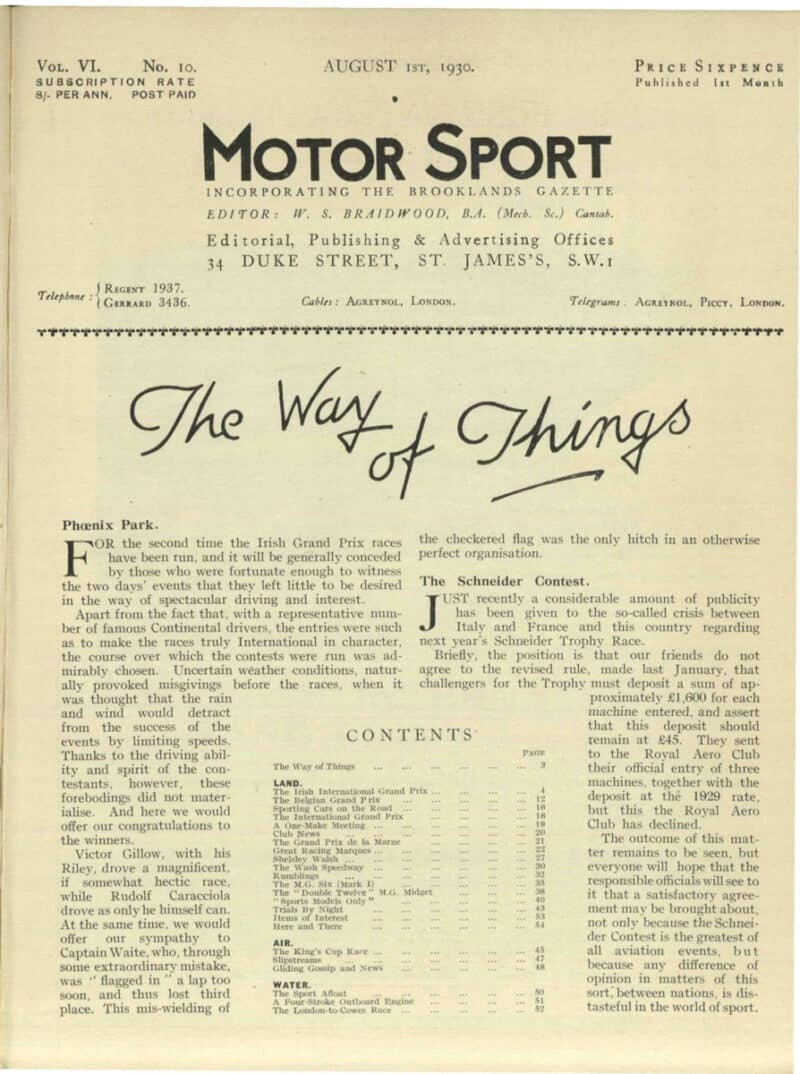
August 1930, price: sixpence
These last hundred years have seen staggering changes in the world of cars and racing, changes that would amaze Oscar Seyd. He would probably be astonished to know that the periodical he steered through its first tentative months is still here, 10 decades on.
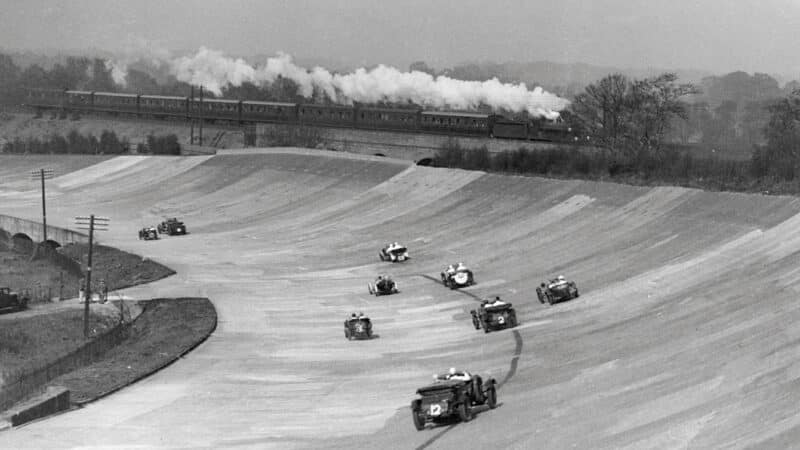
The 1929 JCC Double 12 (two 12-hour races) at Brooklands had a strong line-up – and today’s Motor Sport subscribers can read the report in our June 1929 issue at our online archive
Getty Images
